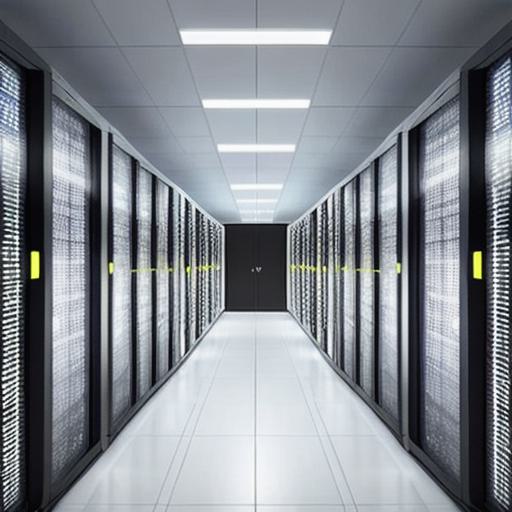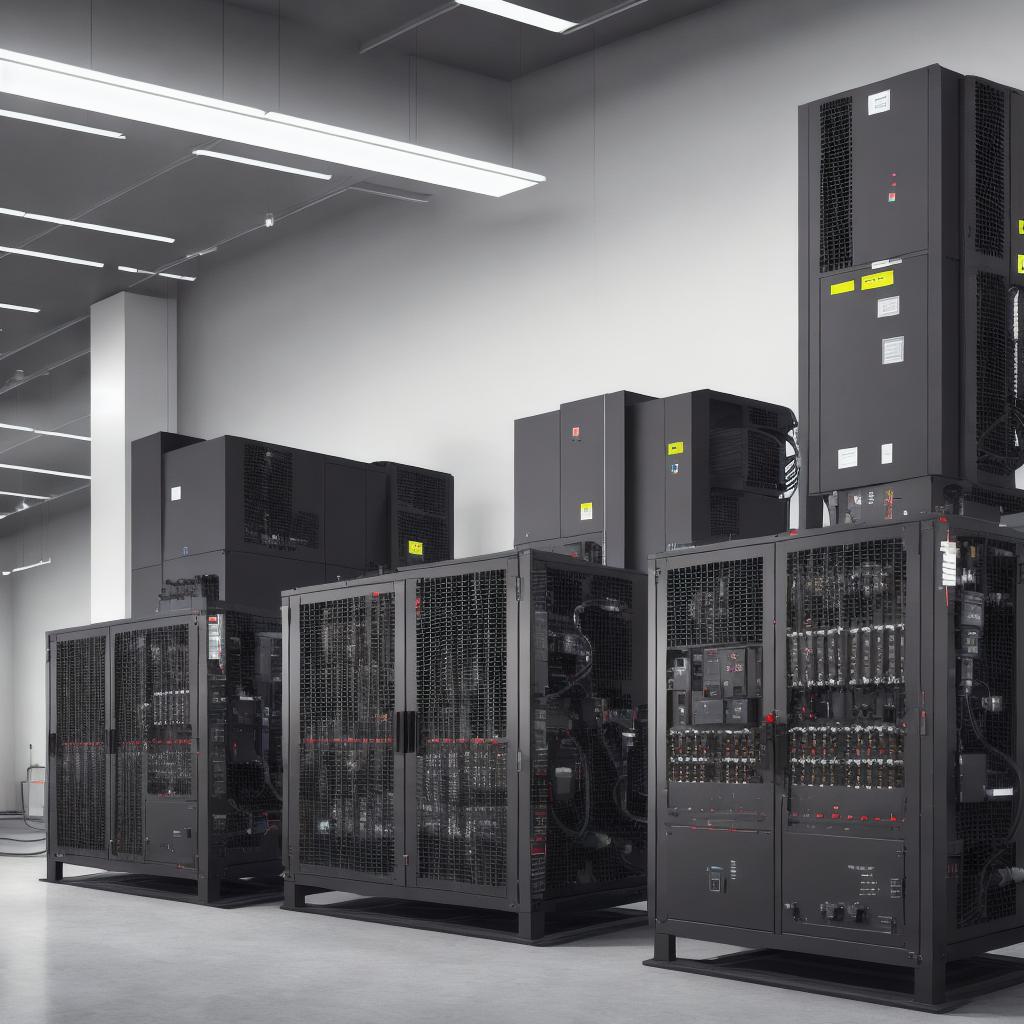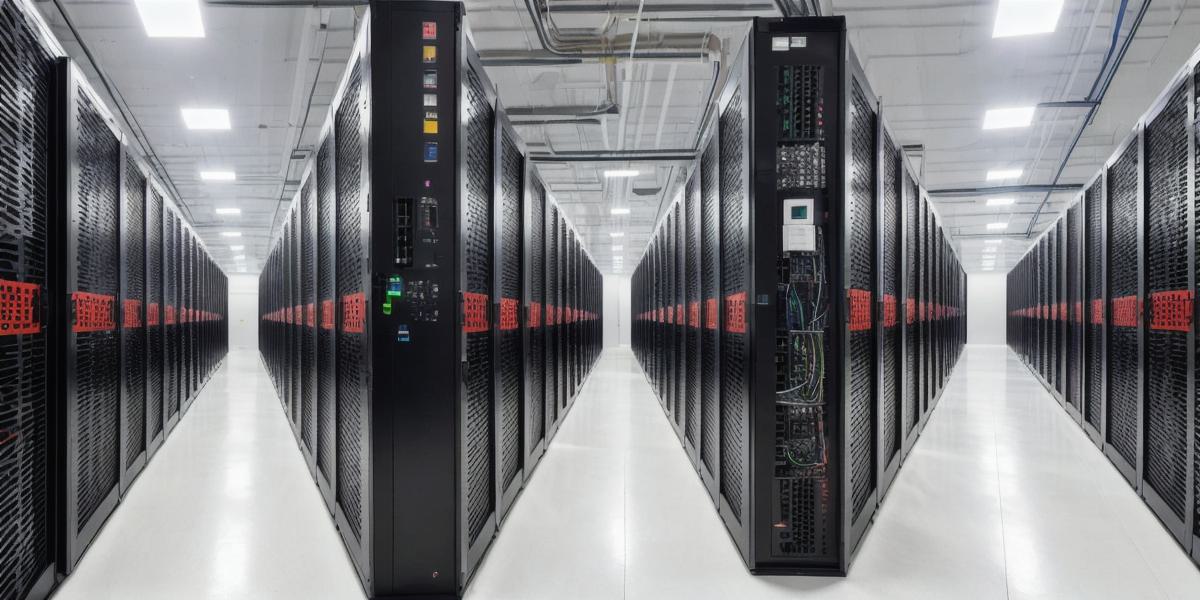In today’s digital era, data centers play a pivotal role in storing and managing vast amounts of critical business information. The need for uninterrupted availability and high performance is paramount. One popular approach to ensure this level of reliability is by implementing 2N redundancy in data centers.
**What is Data Center 2N Redundancy?
**
Simply put, **2N redundancy** is a design strategy where every component in a data center has an identical backup or standby system. This setup ensures that if one system fails, the other takes over seamlessly without disrupting the services. The name ‘2N’ comes from the fact that each active system is accompanied by a redundant or standby system (Fig. 1).


*Figure 1: Diagram of Data Center 2N Redundancy*
**Why Choose 2N Redundancy?
**

The primary goal of implementing 2N redundancy in data centers is to provide **fault tolerance**, which translates to minimal downtime and enhanced service availability. By having redundant components, the risk of a single point of failure affecting the entire system is significantly reduced.
This design strategy offers several advantages:
1. **High Availability:** With two identical systems working in parallel, the likelihood of services being interrupted due to component failures is greatly diminished.
2. **Disaster Recovery:** In case of large-scale disasters, the redundant system can take over and ensure business continuity.
3. **Reduced Mean Time To Repair (MTTR):** Since there are redundant systems in place, any repairs can be carried out on the failed component without affecting the services. This reduces downtime and increases overall efficiency.
4. **Compliance with Regulations:** Certain industries have strict data protection regulations mandating high levels of uptime and reliability. 2N redundancy helps ensure compliance by minimizing the risk of service disruptions.
**Examples of Data Center 2N Redundancy Components**
1. **Power:** Implementing 2N redundancy for power can include having two separate power feeds, each supplying power to the data center via different power substations or generators (Fig. 2). In case one power source fails, the other takes over, ensuring uninterrupted power supply.
2. **Cooling:** Redundant cooling systems can be implemented to maintain optimal temperatures within a data center. This involves having two separate HVAC systems that work together to ensure consistent cooling and prevent any potential downtime due to system failure.
3. **Network:** Having redundant network connections and switches can help maintain connectivity, even during component failures. This can include using multiple internet service providers or implementing a load balancer and backup links for failover protection.

*Figure 2: Diagram of Data Center Power Redundancy*
**Summary**
Data center 2N redundancy is a design strategy that offers numerous benefits, including fault tolerance, disaster recovery, reduced downtime, and compliance with industry regulations. By implementing this approach, data centers can ensure uninterrupted availability and high performance while minimizing the risks associated with component failures. By having an identical backup or standby system for every critical component, organizations can enjoy peace of mind knowing that their business-critical information is safe and readily available at all times.
